Aqua Man
- 26,480
- 638
Have some references?What your doing is by no means new
Have some references?What your doing is by no means new
Flashback of the johnny depp trialwhat, if anything
What you see isn't what their doing.What your doing is by no means new
I don’t even know what they are talking about. I wonder if they do?What you see isn't what their doing.
But your correct, what you see is rdwc with a twist or two
Pm sentI don’t even know what they are talking about. I wonder if they do?
While I got ya you got access to a Petri dish you can throw a chunk of root on and see what grows? If not I can send you a few. Curious what is growing in your system.
Oh sry, I have not considered that this looks only so large on my monitorI’m gonna need a bigger screen lol
All amino acids and proteins belong to this group. Nitrogen is organically fixed here (carbon bonds).What are organic form of nitrogen?
sorry but this is not possible… what exactly is organic nitrogen? And not a chance in hell you can replace no2/no3/nh4 with aminos.
Results
The results showed that all glycine treatments increased leaf area and the economic life of plants compared to control. Soil application of glycine at higher concentration of 500 mg/plant was able to produce the same or better records than NPK fertilization, particularly regarding leaf mineral concentration, plant economic life and total yield. Leaf macro- micro-nutrients were most increased under 500 mg soil-glycine application. Foliar spray of 500 ppm glycine resulted in better records than the other two levels, as spray of 1000 ppm glycine showed adverse and toxic effects including leaf necrosis. Fruit firmness was increased only by NPK and soil application of 500 mg glycine, whereas fruit vitamin C was increased by NPK fertilization, soil application of glycine at both levels (250, 500 mg) and foliar application of glycine at 500 ppm compared to control plants.
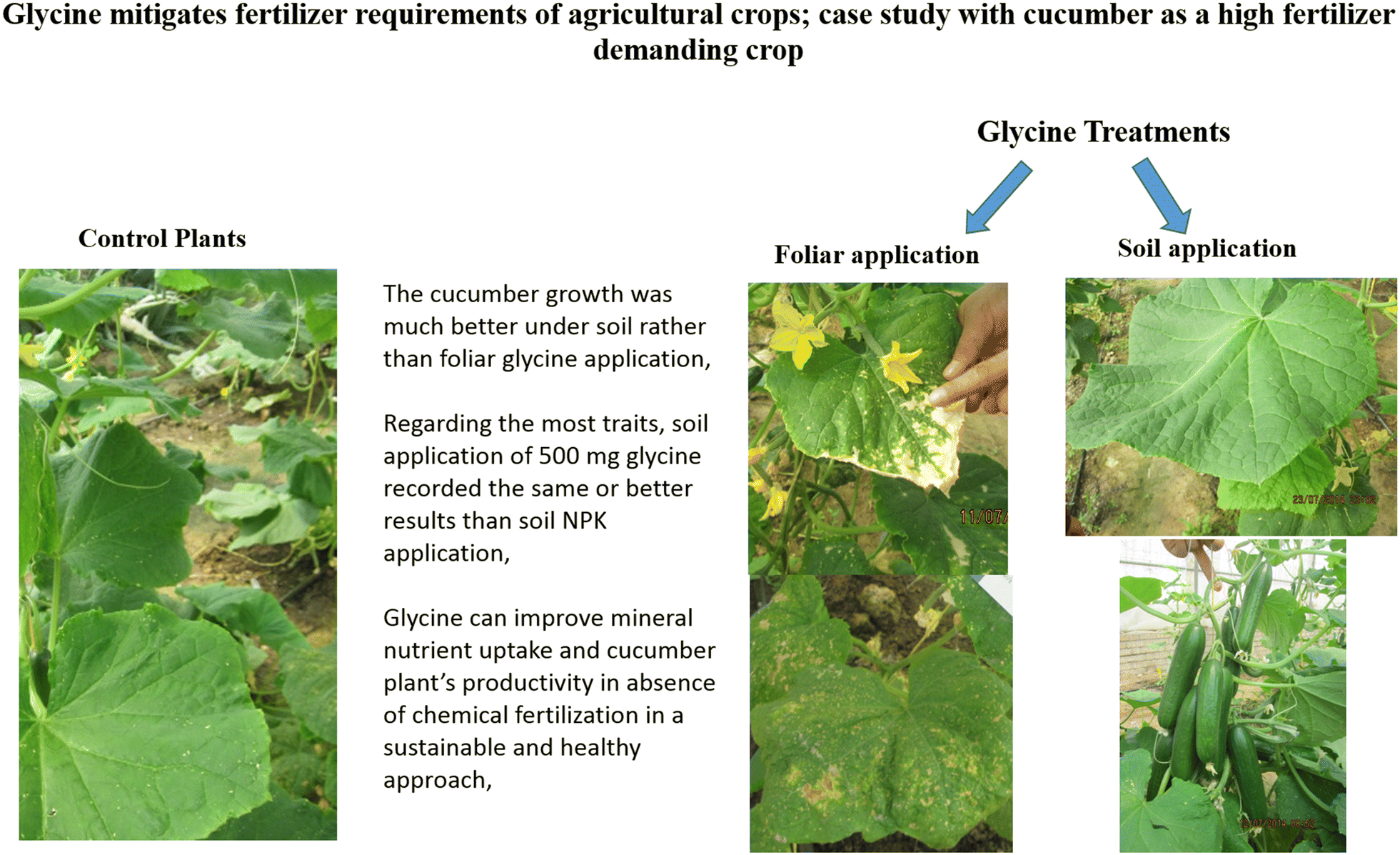
Glycine mitigates fertilizer requirements of agricultural crops: case study with cucumber as a high fertilizer demanding crop - Chemical and Biological Technologies in Agriculture
Background Different approaches have been used to improve mineral nutrient status of plants in absence of chemical fertilization and toward safer products and improved human health. Amino acids have been proposed with such roles in different recent studies. In this study, glycine was applied as...link.springer.com
Identifying bacteria is very complicated. As far as I know, one would have to use different test methods.Once we have colonies I'm going to do some agar work to grow them out. It will give me a chance to study them and never buy this stuff again. It's really expensive. I can't even imagine the profit these companies are making off this stuff.
I just ordered the proper stains I need to see these bacteria. I'm hoping with stain I can show them to you singly. My digital scope is limited and single cell resolution is just out of reach. I'll do the best I can to show you but I wish you could see what I see optically. Lots of cells. Some look suspiciously like algae. None of them are moving.
If they look like the control and or grow nothing, that product is bullshit until proven otherwise.
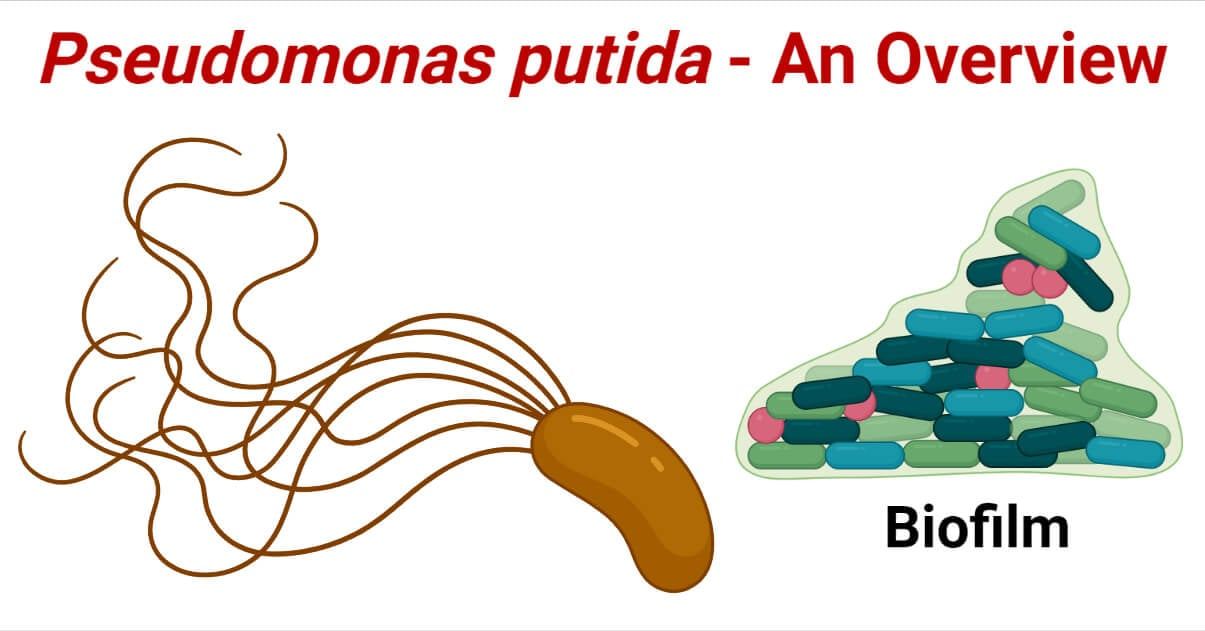
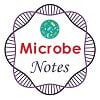 microbenotes.com
microbenotes.com
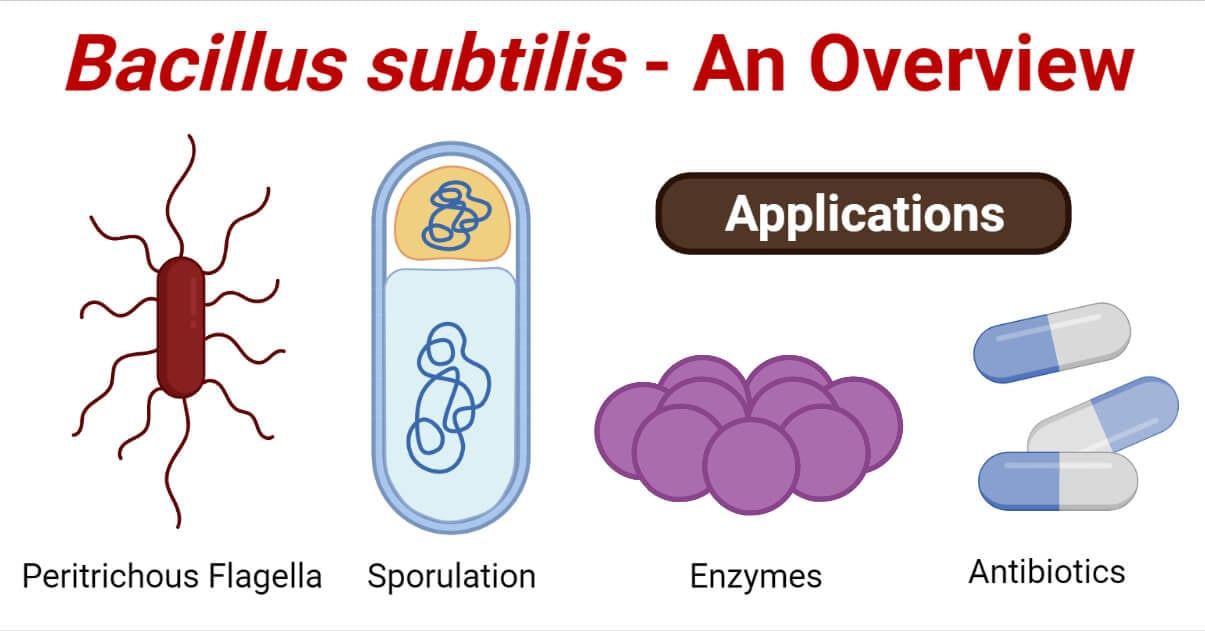
 microbenotes.com
microbenotes.com
A few more words about glucose. The part here gave me quite a few thoughts.Let us start with what we know about the subject. We know that plants exude very significant amount of sugars through their root systems and we also know that they can re-uptake some of these sugars through their roots (see here). From this paper it seems that maize plants could uptake up to 10% of the sugars they exude back into their root systems, which implies that some exogenous sugar application could find its way into plant roots. Even worse, transporting this sugar up to the shoots is extremely inefficient, with only 0.6% of the sugar making it up the plant. This tells us that most of the sugar is wasted in terms of plant usage, a large majority never makes it into the plant and the little amount that makes it actually never goes up the plant. Plants are simply not built to transport sugars in this manner, they evolved to transport sugars down to roots and to fruits.
He is definitely great in his field.I have just read through all his articles on pH and his calculations are very interesting.I am going to take Dr. Fernandez's take on this one. He is a highly educated individual that specializes in Cannabis and hydroponics. He also made and published hydro buddy for everyone to use. Additionally for @GNick55 if you want to take a look at his archived blog's 2021 he has some information on organic WPM products but the kicker for me was good old sulphur being the most effective. Sulphur in Veg and a homemade product in bloom
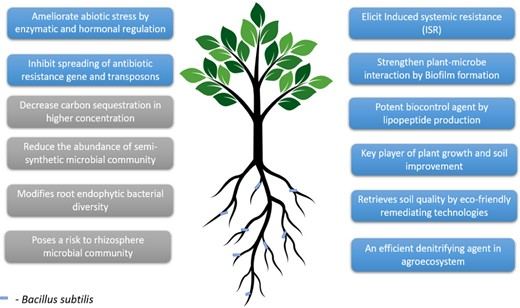
Sorry again I have not read all that I’m on cell and I need to get to a bigger screen. My eyes feel 40 years older than the rest of me just can’t see like I used to. I can see a chart there but have no chance of reading it.Oh sry, I have not considered that this looks only so large on my monitor
Here again in original size
Hey @Aqua Man , nice to see you
It's Jay13.aka.Dutchstuff, in case you missed it
All amino acids and proteins belong to this group. Nitrogen is organically fixed here (carbon bonds).
Chemically, urea also belongs to the organic forms of nitrogen, but here in the EU on fertilizers it must be labeled separately.
Small overview from my sheet, there you can see it quite well.
View attachment 1324720
The part from manics about the chelating properties is also confirmed by an article of Dr. Fernandez.
Glycine is really quite a strong chelate, similar to citric acid
View attachment 1324730
What do you mean by not a chance in hell?
Technically I can do it halfway, I have enough stuff here to replace nitrate and ammonium almost completely.
Or do you mean that this makes no sense for the plant? That would be exactly the question I am asking myself.
I was able to find a study on gylcine with coriander. Better results were achieved with 20ppm glycine than with 40ppm. However, they have not reduced the N content in the hoagland solution, which of course has increased the N content more and more.
[serching for the paper ... wait a minute]
This looks very interesting
It sounds like you can work very efficiently with glycine after all.
And the coriander-paper
Here you can find also a few references to other papers about amino acids
The one from above I have to tackle right away after a coffee
Identifying bacteria is very complicated. As far as I know, one would have to use different test methods.
For B. subtilis and P. putida you can find very detailed information here (credit to n1ght again)

Pseudomonas putida- An Overview
Pseudomonas putida is a gram-negative flagellated rod-shaped bacterium commonly isolated from diverse environmental and clinical samples.microbenotes.com
But with the control group you can of course already see if anything grows at all
Bacillus subtilis- An Overview and Applications
Bacillus subtilis is a gram-positive, rod-shaped, spore-forming bacteria isolated from environmental samples. Hay Bacillus or Grass Bacillus.microbenotes.com
Don't you have some university or something nearby where you can have that analyzed directly?
For the leaf analyses, there were also prices in one of Bugbee's papers for which you can have them done at his university.
As I said, I would be happy if I had such possibilities here as you have in the USA
About the prices: I already have a sheet on this here. You have to consider the CfU. Great White is extremely expensive, especially the liquid.
View attachment 1324731
Hey brother, i mean it in kinda 2 ways. 1 it makes no sense in hydro, aero or fogponics but also to try and balance the nutrient ratios while only dependent on aminos…Oh sry, I have not considered that this looks only so large on my monitor
Here again in original size
Hey @Aqua Man , nice to see you
It's Jay13.aka.Dutchstuff, in case you missed it
All amino acids and proteins belong to this group. Nitrogen is organically fixed here (carbon bonds).
Chemically, urea also belongs to the organic forms of nitrogen, but here in the EU on fertilizers it must be labeled separately.
Small overview from my sheet, there you can see it quite well.
View attachment 1324720
The part from manics about the chelating properties is also confirmed by an article of Dr. Fernandez.
Glycine is really quite a strong chelate, similar to citric acid
View attachment 1324730
What do you mean by not a chance in hell?
Technically I can do it halfway, I have enough stuff here to replace nitrate and ammonium almost completely.
Or do you mean that this makes no sense for the plant? That would be exactly the question I am asking myself.
I was able to find a study on gylcine with coriander. Better results were achieved with 20ppm glycine than with 40ppm. However, they have not reduced the N content in the hoagland solution, which of course has increased the N content more and more.
[serching for the paper ... wait a minute]
This looks very interesting
It sounds like you can work very efficiently with glycine after all.
And the coriander-paper
Here you can find also a few references to other papers about amino acids
The one from above I have to tackle right away after a coffee
Identifying bacteria is very complicated. As far as I know, one would have to use different test methods.
For B. subtilis and P. putida you can find very detailed information here (credit to n1ght again)

Pseudomonas putida- An Overview
Pseudomonas putida is a gram-negative flagellated rod-shaped bacterium commonly isolated from diverse environmental and clinical samples.microbenotes.com
But with the control group you can of course already see if anything grows at all
Bacillus subtilis- An Overview and Applications
Bacillus subtilis is a gram-positive, rod-shaped, spore-forming bacteria isolated from environmental samples. Hay Bacillus or Grass Bacillus.microbenotes.com
Don't you have some university or something nearby where you can have that analyzed directly?
For the leaf analyses, there were also prices in one of Bugbee's papers for which you can have them done at his university.
As I said, I would be happy if I had such possibilities here as you have in the USA
About the prices: I already have a sheet on this here. You have to consider the CfU. Great White is extremely expensive, especially the liquid.
View attachment 1324731
I believe the scientific term for this, "Is the science is not settled". And the reason why to me seems logical, the people saying ya and na do not have the ability to accurately preform testing with controlled groups, ETC.All this feels very much like UV to me. Some say it works others say it doesn’t there is a clear pathway to use UV (uvr8) but after substantial testing on my end I’m walking away with meh. Inconclusive
OK went to the big screen and see it now. Is PHC a brand name? Crazy how much cheaper that is. I guess that is something in the EU?
Right, a Dutch company. Got the tip once from a German forum from a friend.If there was a way for me to buy these bacteria singly from the EU, I would be interested in learning more. So far I have not seen them in the US sold that way.
I also noticed the amyloliquefaciens in the products several times, but I found very little about it in studies.Bacillus amyloliquefaciens is the most common bacteria used in hydro. Although there are several strains of BA, some of which are engineered. Hydrogaurd and Southern AG Fungicide are examples of products that contain only that Bacillus strain. At a penny per colony forming unit (I think that's what your chart is saying) the markup on this stuff in the hydro store is just staggering.
With the liquid stuff, I keep having in mind the analysis of manics that I posted on page 11.On my petri dishes - zero growth anywhere. This means 1 of 3 things:
1 - Dextrose based agar does not support any of the biologics in any of the products
2 - The time to form colonies is much longer than we would like
3 - The bottled products are inert. Very costly dirty water.
I feel like #2 is most likely. We will see in time.
The aminos are only there for nitrogen.Hey brother, i mean it in kinda 2 ways. 1 it makes no sense in hydro, aero or fogponics but also to try and balance the nutrient ratios while only dependent on aminos…
The cation to anion ratio just knocks it apart for me a bit. There is just nitrate missing as a counterpart, but I have anyway only a week ago installed and tried to consider that.i mean i guess i should have been more clear and not blanket state it like i did but even in soil where you can take advantage of organics and microorganisms much much more easily i think it would be a challenge to balance.
By hydro here, do you mean only water-based/mediumless systems? Since you have Coco and Hydro here also as separate subforums.i should have said no way in hell for aero, hydro or fog.
Sure, we can discuss here. But I think we are losing most people with this discussion, so moving it to your own thread may make some sense. Maybe start a thread with your report and see where it takes us?@Moe.Red Is it ok if we discuss this further here, or should I rather save this for my report (which I've wanted to start for days now)
@Aqua Man says he spoke to you off board and reached a little resolution.What your doing is by no means new
Only if using completely inert bro i would say you have a chance in soil, peat, coco albiet a big challenge in my mind. But in hydroton/hydro, aero or fog i just dont see it as feasibleRight, a Dutch company. Got the tip once from a German forum from a friend.
You could either ask phc.com directly if they have a distributor in the USA, or ask Joop via bioplantenvoeding.nl/en if he also ships to the USA. This is afaik also the only dealer where you get the things as a private person here.
I also noticed the amyloliquefaciens in the products several times, but I found very little about it in studies.
I am also surprised that PHC does not have it in the BioPak. The ColonizeAG with the Trichos contains amyloliquefaciens.
With the liquid stuff, I keep having in mind the analysis of manics that I posted on page 11.
With the analyzed things one has bought predominantly really only dirty water
The Oregon Department for Agricultur should be reachable for you somehow I think.
The aminos are only there for nitrogen.
Yesterday I played a bit with the calculator.
I will put something like this in the second tank for testing.
View attachment 1325162
The paper that I read yesterday sounds very promising. The hypothesis of manics can probably be regarded more as a theory, which now only needs to be tested with hemp.
The cation to anion ratio just knocks it apart for me a bit. There is just nitrate missing as a counterpart, but I have anyway only a week ago installed and tried to consider that.
View attachment 1325165
By hydro here, do you mean only water-based/mediumless systems? Since you have Coco and Hydro here also as separate subforums.
@Moe.Red Is it ok if we discuss this further here, or should I rather save this for my report (which I've wanted to start for days now)
Your blue lab meter on the wall says 180 on the 500 scale which is tdsTodays updates. I’m putting all this raw dsta here in this thread with the intention of moving to appropriate places. Like taking all the clone stuff and put it into its own thread. Could a used that today.
Microbes:
Day 4
View attachment 1325276
View attachment 1325277
View attachment 1325278
View attachment 1325279
RDWC run:
View attachment 1325280
View attachment 1325281
View attachment 1325282
View attachment 1325283
View attachment 1325284
View attachment 1325285
View attachment 1325286
View attachment 1325287
Adjusted the chiller up to 74. Let’s see if we can’t grow some colonies.
@Anthem im at 180ppm of just clone and epsom. All setpoints optimal. Roots now fully in the water. We are ready to move past transplant shock and start growing. Your thoughts on nutes?
Lights up to 20% still feet away. Have not measured ppfd but probably 100 or so. I’ll be bringing that up to 300ppfd over the next few days. Should be ready to start lst then.
CO2 still just ambient.
You know I should just move all this RDWC stuff to a new thread now.
Yeah I’m gonna do that when I get to pc.
Pretty sure 500 and 700 are both ppm measurements, though the .5 is referred to as tds scale for some odd reason. But reading in the .5 or 500 scale you wouldnt say I have 180 tds for example. It would be 180 ppm of total dissolved solids.Y
Your blue lab meter on the wall says 180 on the 500 scale which is tds
Ppm is the 700 scale (which i use)
Are the dishes kept at room temp or are they in a controlled environment
View attachment 1325336
They are on top of the refrigerator in a box that stays warmer than room temp.Y
Your blue lab meter on the wall says 180 on the 500 scale which is tds
Ppm is the 700 scale (which i use)
Are the dishes kept at room temp or are they in a controlled environment
View attachment 1325336
